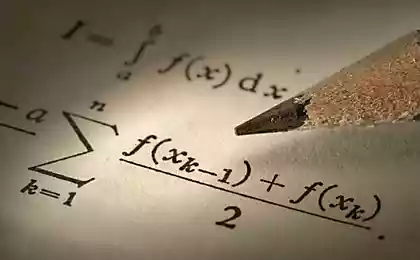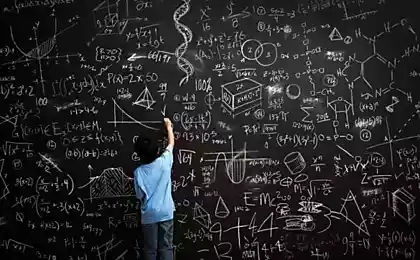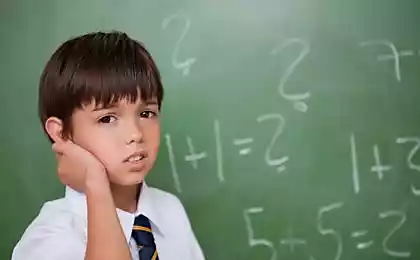174
Only the selected will be able to solve this training task.
Any training is useful only if it is regular. This works both in sports, and in the development of musical instruments, and in the study of foreign languages. The same principle works when a person simply wants to keep his mind toned. When he regularly spends time solving puzzles and problems. Training tasks in mathematics will return speed and vitality to your thoughts.
Today's edition. "Site" invites readers to decide math-training. This opportunity to work with numbers should be used. In addition, you will have to strain your memory to extract the school rules. After all, without this, it will not be possible to find all solutions correctly.

Training tasks in mathematics
Tips and answers
Share your answers in the comments below this article with other readers. And also solve other, more complex mathematical examples. Or try your hand at solving tricky puzzles where mistakes are made even by gold medalists.
Today's edition. "Site" invites readers to decide math-training. This opportunity to work with numbers should be used. In addition, you will have to strain your memory to extract the school rules. After all, without this, it will not be possible to find all solutions correctly.

Training tasks in mathematics
- It is unlikely that many of our readers regularly work with degrees. Therefore, not everyone can immediately answer what is four in a square or in a cube. But you have to remember this and some other information to solve the first example.
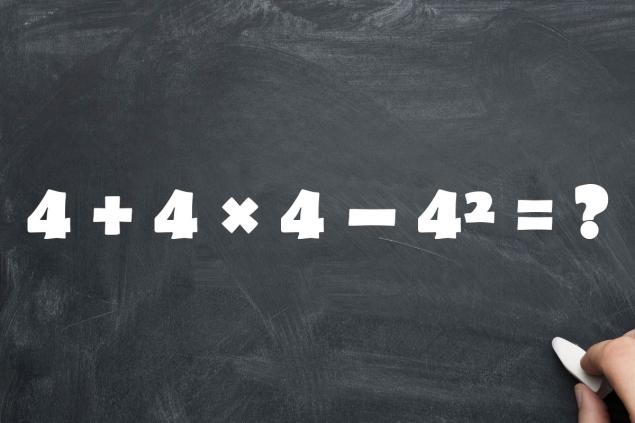
- In the next task you will have to deal with decimal fractions. But how long have you multiplied or divided a number by a decimal fraction? Probably still in school? Then this example will not be easy for you to master. But we believe you will succeed in the end.
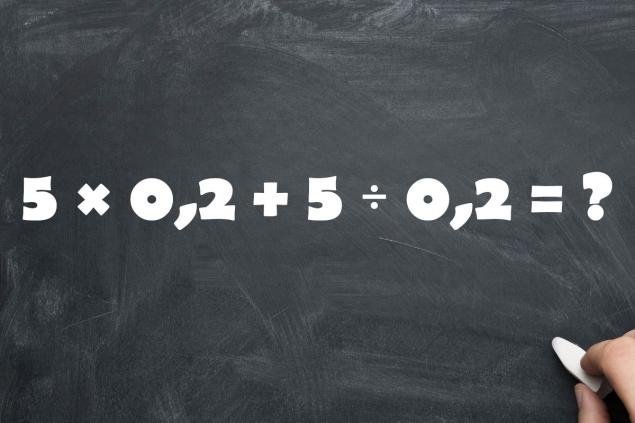
- In the last example there are brackets, and division, and multiplication, and addition. What is the order of all arithmetic operations so as not to make mistakes? Remember the words of a strict math teacher. She told me exactly how to do it and in what order. Also, don’t forget to check our tips and answers.
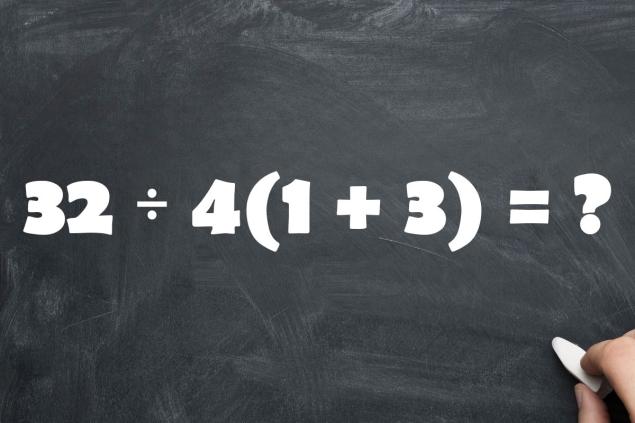
Tips and answers
- To get a number in a square, you need to multiply this number by yourself. So 42 = 4 × 4 = 16. Then give the example a more understandable form of 4 + 4 × 4 - 42 = 4 + 4 × 4 - 4 × 4 = 4 + 16 - 16 = 4. Did you get the same answer?
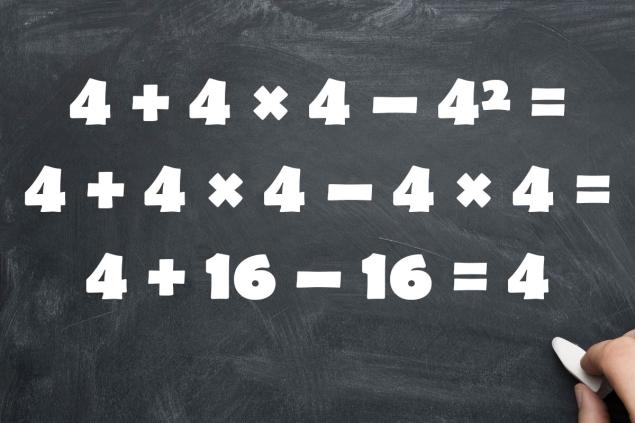
- Multiplying by 0.2 is like dividing by 5. Dividing by 0.2 is like multiplying by 5. So we get 5 × 0.2 + 5 ÷ 0.2 = 5 ÷ 5 + 5 × 5 = 1 + 25 = 26. Did you get to that end?
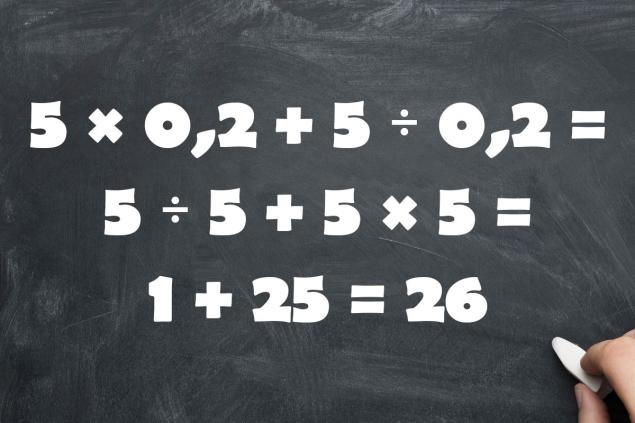
- First we need to perform actions in brackets, and then go through the arithmetic operations from left to right. Then 32 ÷ 4(1 + 3) = 32 ÷ 4 × 4 = 8 × 4 = 32. Surprisingly, the answer is the same as the first number.
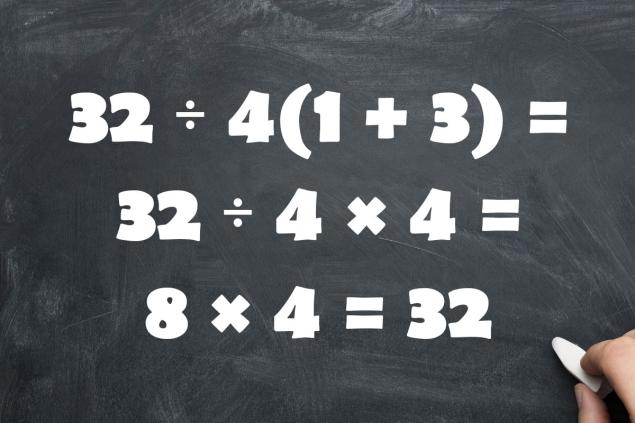
Share your answers in the comments below this article with other readers. And also solve other, more complex mathematical examples. Or try your hand at solving tricky puzzles where mistakes are made even by gold medalists.
Give up Soviet food habits and life will change irreversibly.
Without demand, I looked at the neighbor's balcony and slouched, too violent flowering of violets.







